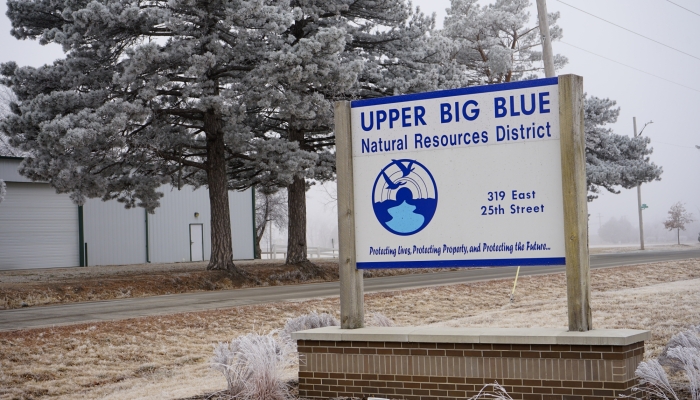Areas of Responsibility and Pillars of Natural Resources Management
The Upper Big Blue Natural Resources District is a sub-division of local county government
charged with the management, development, and protection of soil and water resources
within district boundaries. District responsibilities are authorized by state statutes and are
listed below (not ranked by priority):
- Development, management, use, and conservation of groundwater and surface water
- Soil conservation
- Erosion prevention and control
- Flood prevention and control
- Pollution control
- Water supply for any beneficial uses
- Prevention of damages from flood water and sediment
- Development and management of recreational and park facilities
- Forestry and range management
- Development and management of fish and wildlife habitat
- Drainage improvement
- Solid waste disposal
Within this general framework, the Upper Big Blue NRD carries out a variety of projects
and programs in forestry, groundwater management, land treatment, flood control, water
storage, and information and education.
8 Pillars of Natural Resources Management
Water
Each district has local leadership responsibilities for protecting surface and groundwater from overuse (water quantity) and pollution (water quality). Each district has a groundwater management plan to protect water through both quantity and quality monitoring. State law has given NRDs a variety of regulatory tools to deal with contamination, shortages or user conflicts. NRDs encourage water stewardship by providing financial assistance to landowners for irrigation water management, well decommissioning and best management practices to protect water quantity and quality.
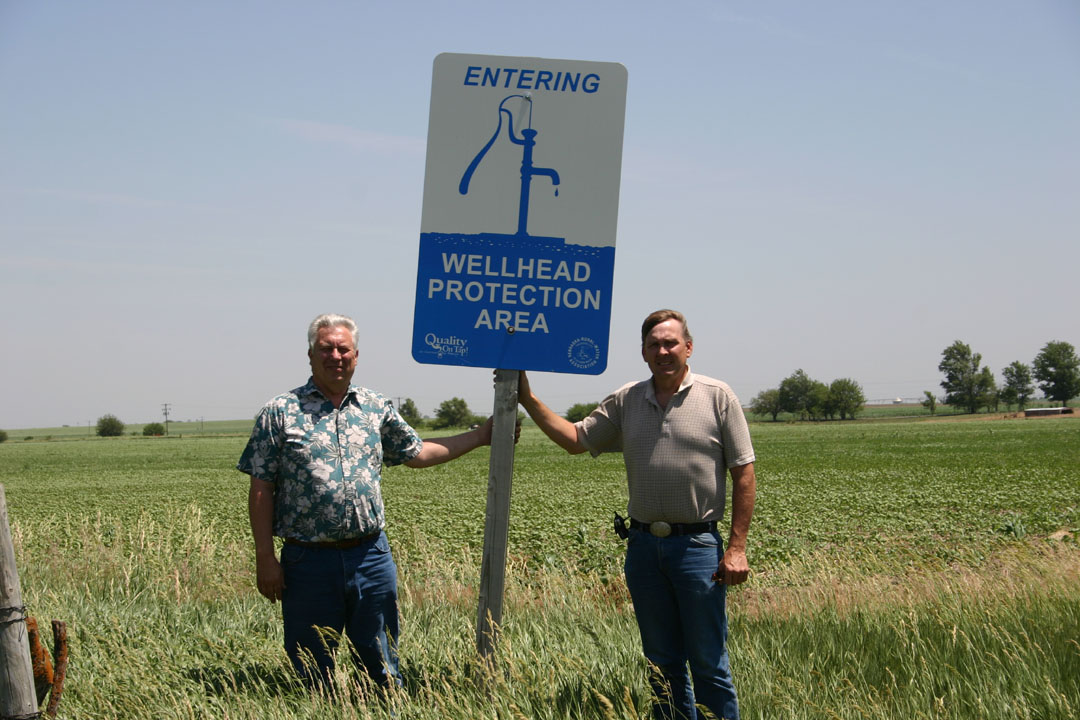
Soil
The state’s productivity is constantly challenged with soil erosion caused by wind and water. NRDs work to offset these natural forces by installing terraces, grassed waterways, grade stabilization structures, buffer strips, building dams, planting windbreaks and improving range management. NRDs have the authority to mitigate erosion through the Erosion and Sediment Control Act.
Urban Conservation
Conservation is just as important in cities as it is in rural areas. The activities of city residents have a major impact on water and soil—activities such as construction, tending lawns and gardens, maintaining motor vehicles, and the use of hazardous chemicals, as well as solid waste disposal. NRDs respond to these needs by focusing resources and programs on urban problems and issues. They include urban forestry, urban park development and improvement, wellhead protection, flood control, streambank stabilization, recreation, and education.
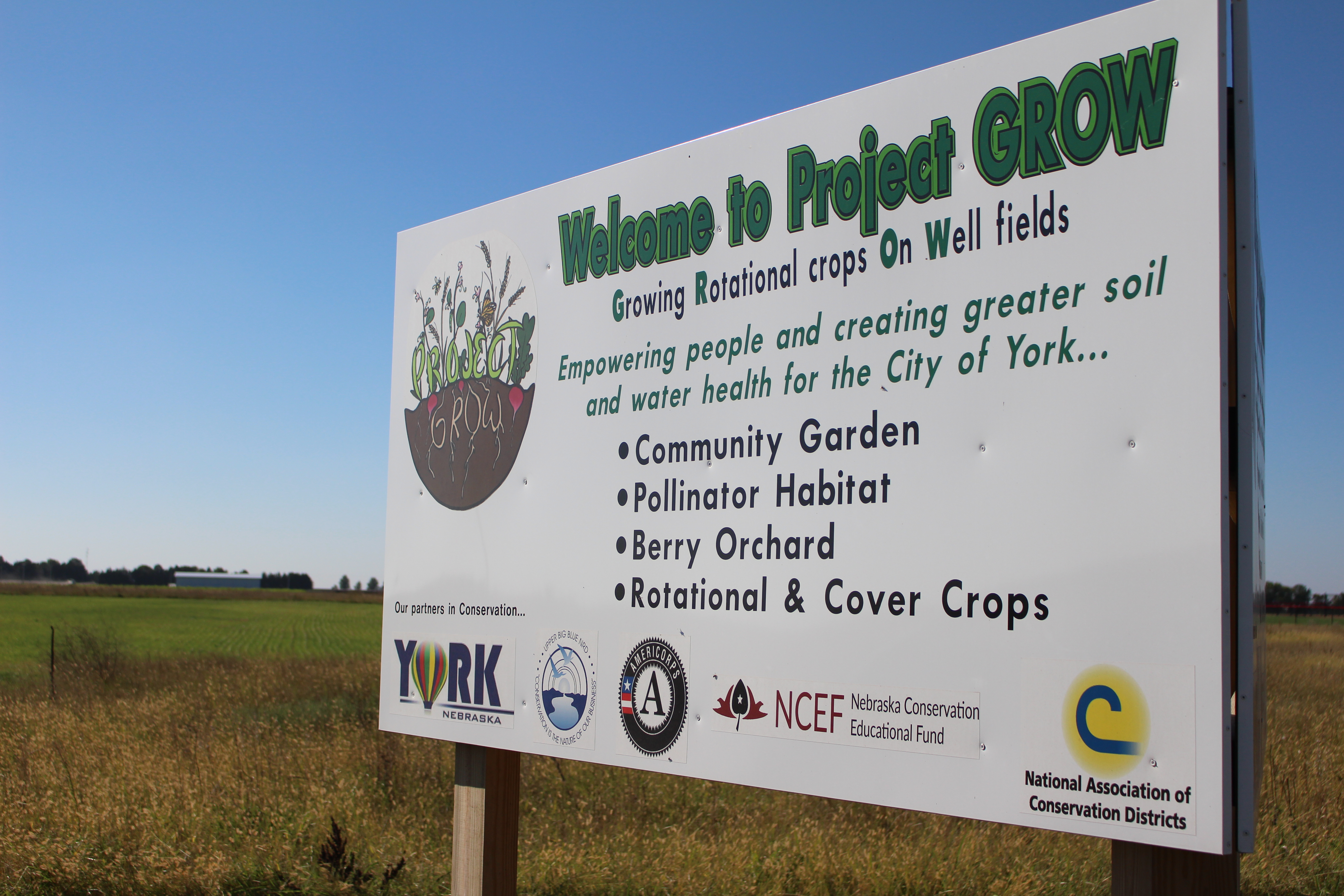
Flood Control
From Gering Valley in the Nebraska Panhandle to Papio Creek in the Omaha metropolitan area, NRDs employ a watershed protection approach. With floodplain management measures, NRDs design and build dams, levees, dikes, drainage ditches, and other stabilization structures to keep flood waters from taking lives or damaging crops, buildings, and roads. The Upper Big Blue NRD has built 47 flood control structures since 1972 to protect lives and property from devastating flood events now and into the future.
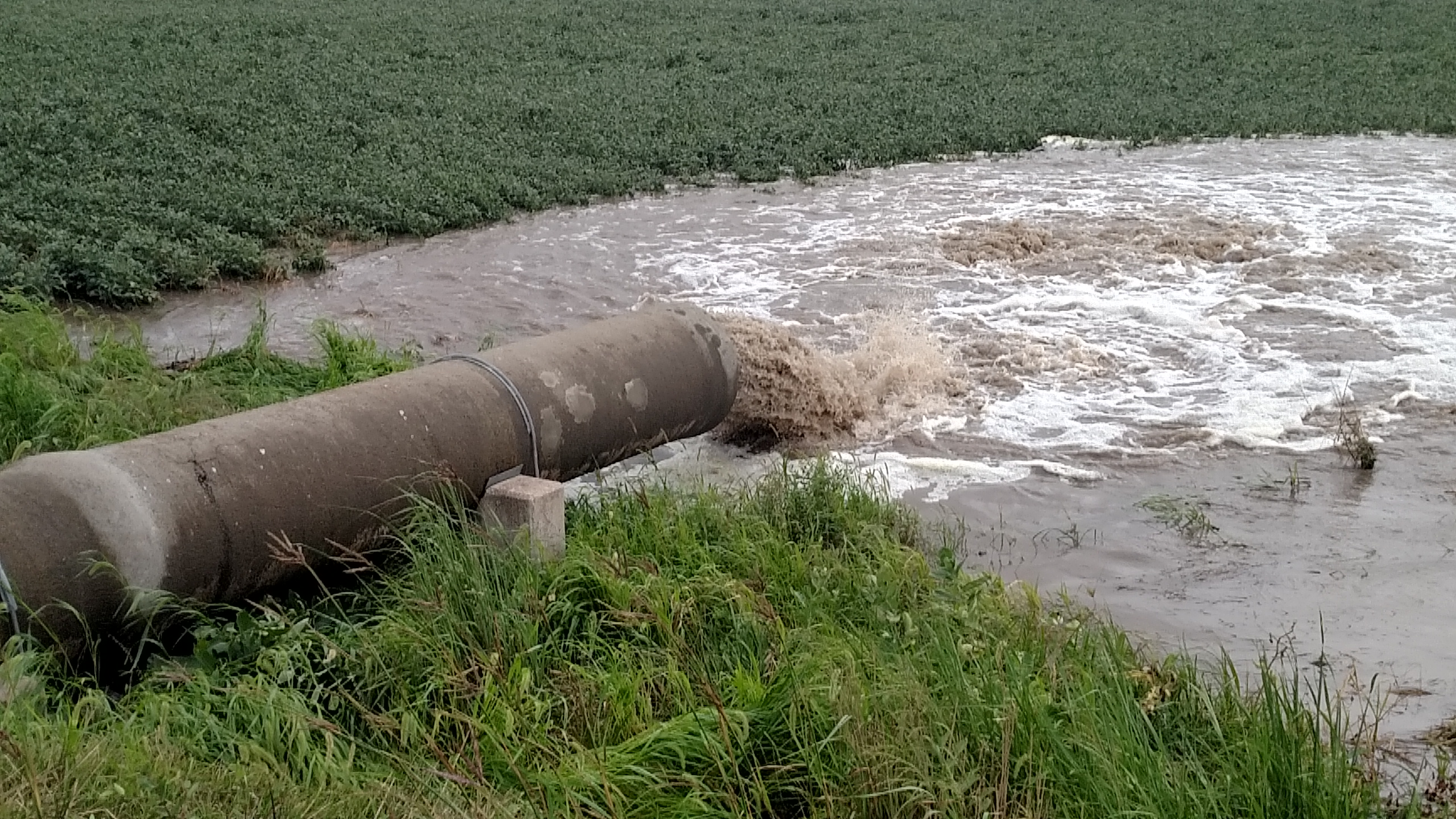
Trees & Wildlife Habitat
The NRD Conservation Tree Program helps landowners with planting windbreaks, reducing soil erosion, crop and livestock sheltering, and habitat creation. Each year, NRDs sell a wide variety of trees and shrubs for conservation use, as well as assist landowners with plot designs and planting. Programs such as WILD NEBRASKA and CORNERS FOR WILDLIFE pay landowners to set aside land for creating wildlife habitat. NRDs partner with these programs to help facilitate the means for landowners to participate. Since 1972, collectively the NRDs have planted over 100 million trees and installed over 10,000 miles of weed barrier throughout Nebraska.
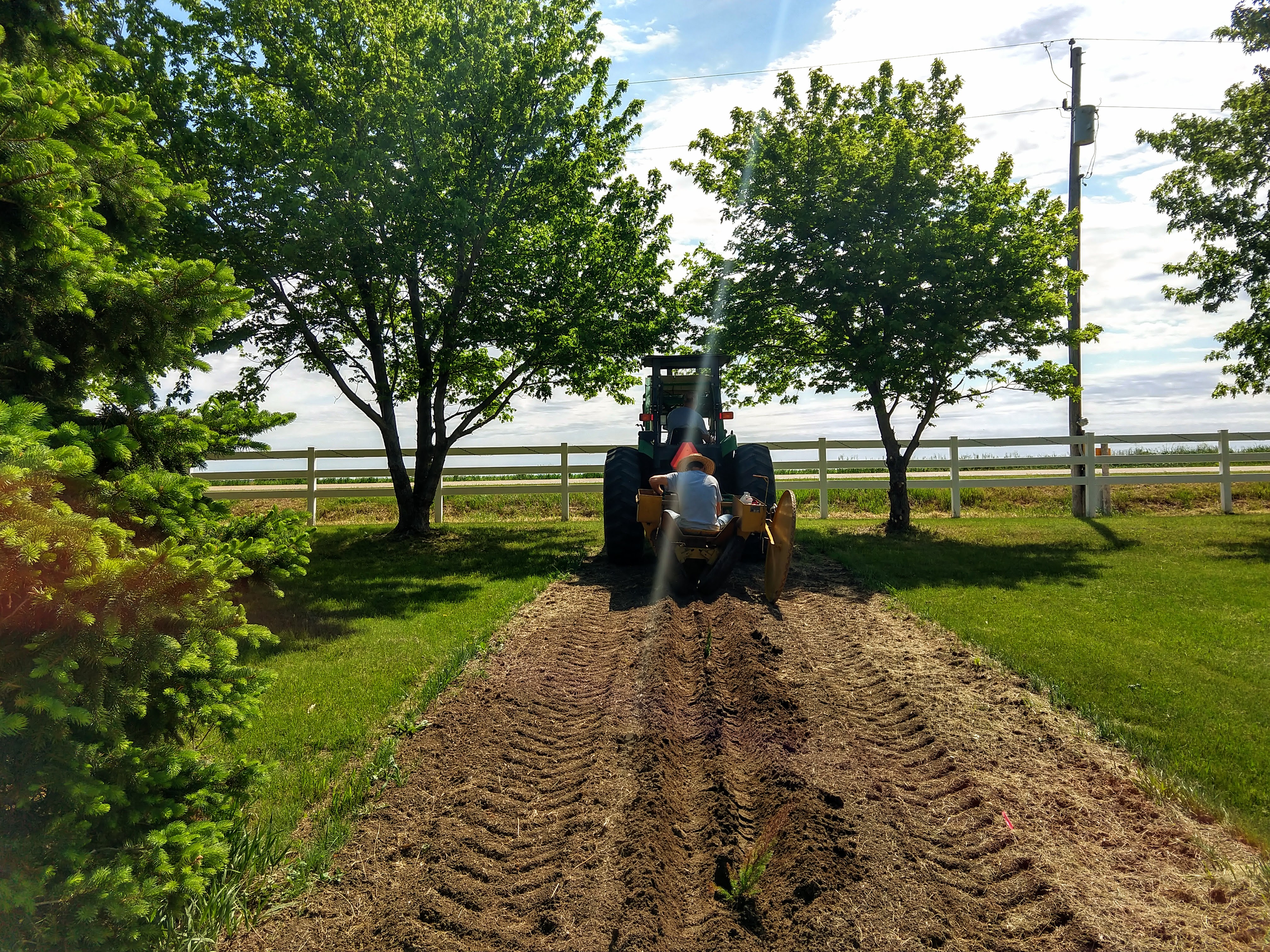
Recreation
Many recreational opportunities such as trails, lakes, parks, and wildlife areas are built and maintained by NRDs. These NRD projects are developed for multiple purposes: Recreational trails are built atop flood control levees or along abandoned railroad lines; dams that are built for flood control often develop into recreational areas; habitat areas are also available to hunters…and wetlands are often preserved for interpretive nature study. The Upper Big Blue NRD manages multiple recreation areas across the district to provide free nature access to all. Some of the best “fishin’ holes” in south-central Nebraska are found at these NRD lakes.
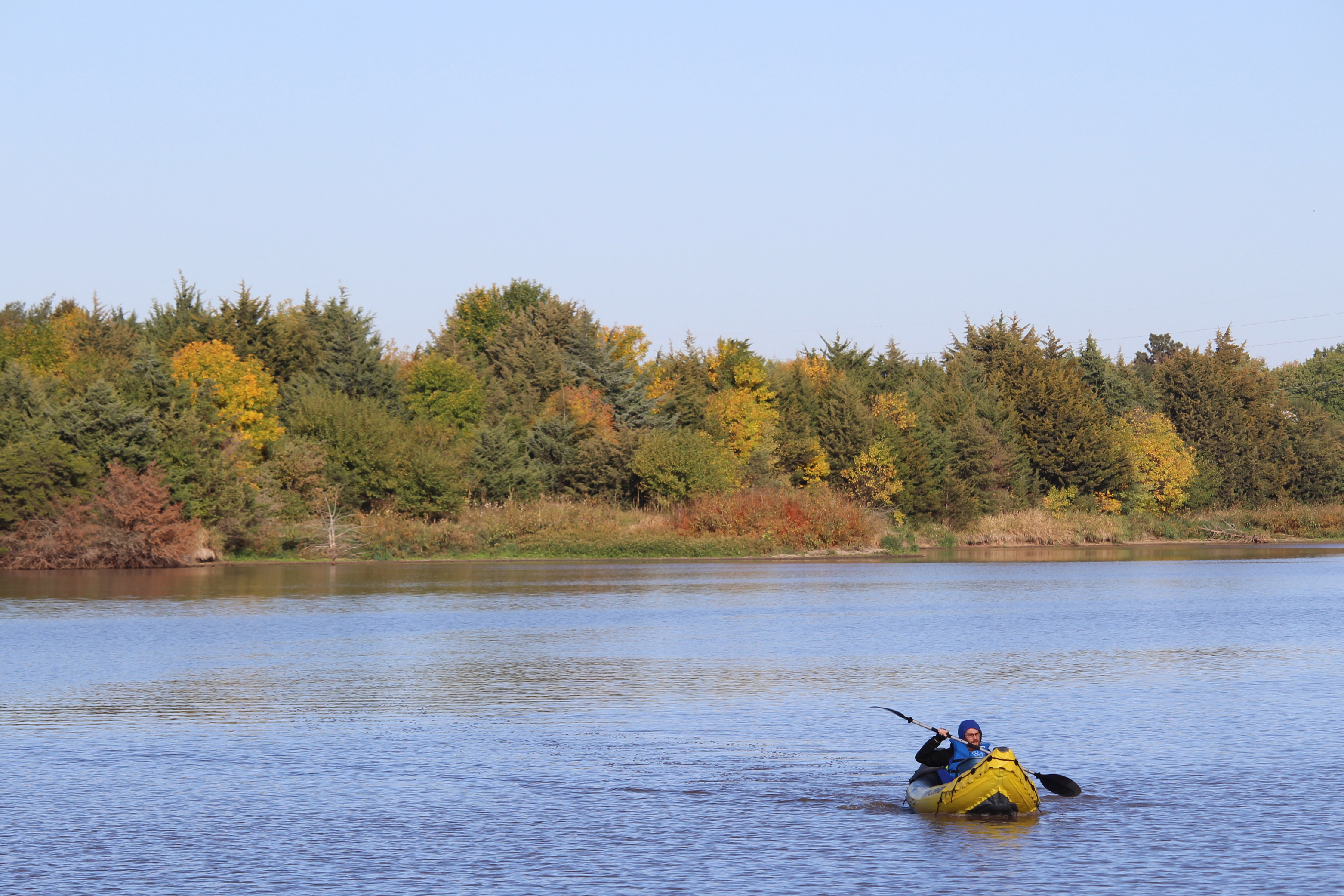
Grazing Lands
Grazing lands provide homes for wildlife, recreational opportunities and a way of life for livestock and wildlife producers. With proper management, grazing lands can recharge the state’s aquifers, help promote water quality and prevent soil erosion. NRDs encourage stewardship by providing financial assistance for planned grazing systems, including constructing cross-fencing systems and pipelines for livestock water. The Upper Big Blue NRD also offers assistance with wetland grazing with our portable corral equipment, which is available to cattle producers at no charge.
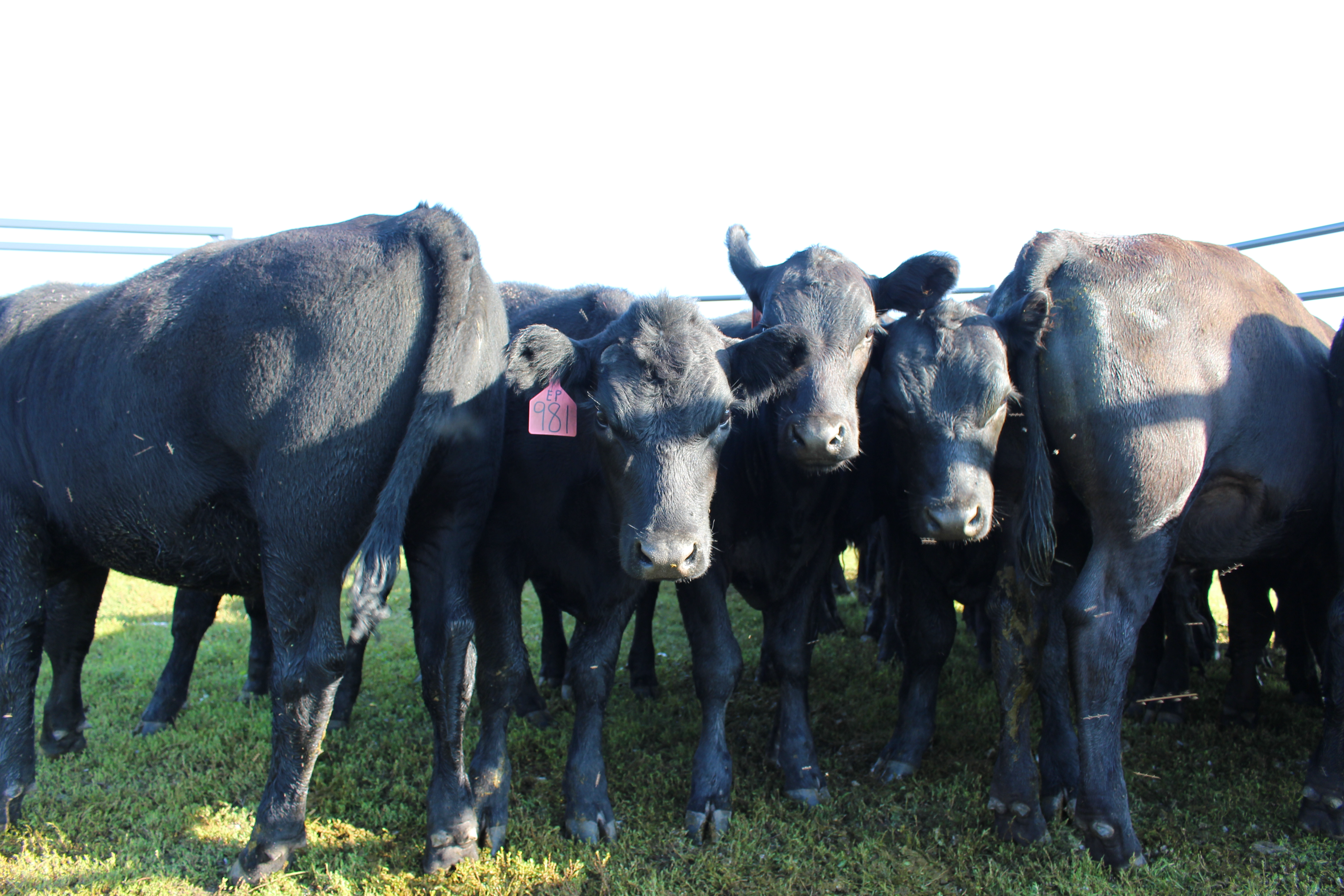
Education
Each year, thousands of elementary school students are given hands-on outdoor education experiences through their local NRD. Water festivals and other resource management field days have proven to be valuable teaching tools. At the secondary level, Envirothon and Land and Range Judging competitions are challenging opportunities for high school age students to demonstrate their knowledge of soils, aquatics, wildlife, and other natural resource management topics. NRDs assist teachers with curriculum for classroom discussions on conservation. Newsletters, various publications, and speaking engagements also help to spread the conservation message. The Upper Big Blue NRD also offers scholarships and an educational capital projects fund.

